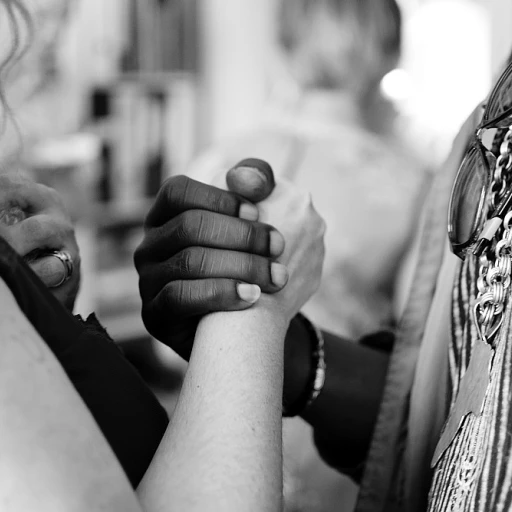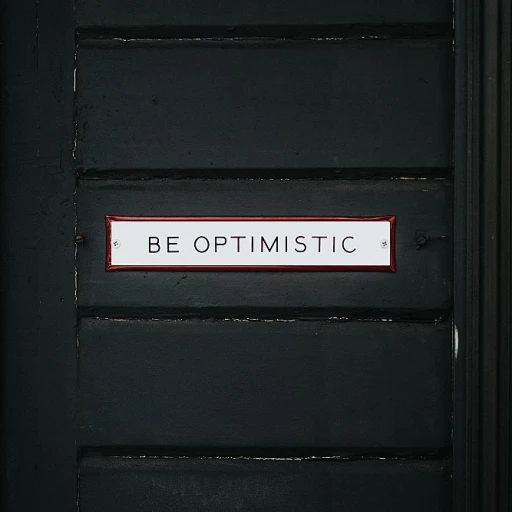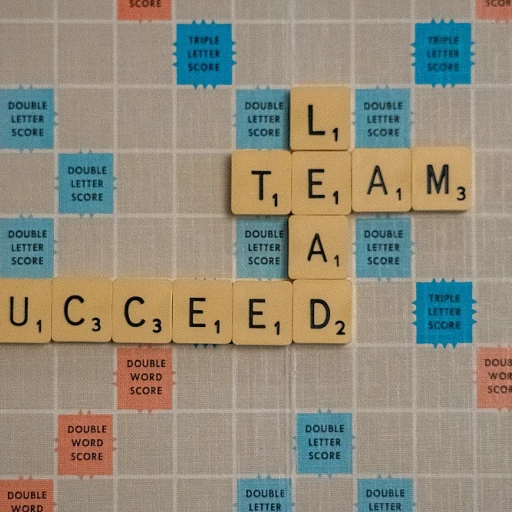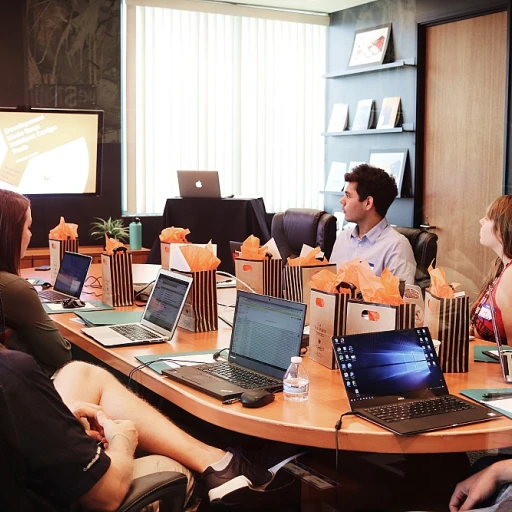Understanding the Link Between Recognition and Engagement
The Connection Between Appreciation and Work Passion
Ever noticed how people light up when they feel genuinely appreciated? It's no different at work. When employees feel recognized and valued, they're more likely to go that extra mile. We're not talking about just saying "thanks" once in a blue moon; it's about regular, heartfelt recognition. Recognition plays a pivotal role in building employee engagement. According to a Gallup study, employees who receive regular praise are more productive, engaged, and stay longer with the company. When team members feel seen and acknowledged, it boosts their morale and can even improve performance across the board. Recognition isn't just a nice-to-have—it's a must-have. The beauty of recognition lies in its ability to create a bond between the company and its employees. It strengthens company culture, aligns with company values, and fosters a strong team spirit. Recognition helps organizations build a workplace where people want to be and where they feel they belong. To really drive employee engagement, consider crafting an effective employee engagement plan. This can form the backbone of your recognition efforts, ensuring each team member gets their deserving spotlight. Let's not forget the impact on employee retention. Employees who feel like their hard work doesn't go unnoticed are less likely to seek greener pastures. In a competitive job market, this kind of goodwill towards your workforce can be a game-changer.Different Types of Employee Recognition
Types of Recognition that Get the Job Done
Here's the thing, recognition isn't one-size-fits-all. It's a bit like picking out the perfect birthday gift. Not everyone wants the latest tech gadget. Some might prefer a good ol' handwritten card or a simple acknowledgment. Employee engagement thrives on the heart-felt value of feeling seen and appreciated.- Public Recognition: Give shout-outs during meetings or in company-wide emails. It's like getting the employee of the month spot, but without the tacky plaque.
- Private Praise: Some folks prefer a personal note or a whispered 'Great job!' in the hallway. It's intimate and effective.
- Peer Recognition: Encourage colleagues to praise each other. Who doesn't love being recognized by their peers? It builds camaraderie and trust.
- Rewards and Gift Cards: Let's be honest, a little material love never hurts. It could be a coffee card or a paid day off – small tokens that rate big in showing appreciation.
- Development Opportunities: Offering training and workshops as a form of recognition strengthens not just skills but loyalty too.
The Feel-Good Factor
Recognition isn't just about warm fuzzies, though that's a part of it. The psychological perks are worth noting. When employees receive recognition, it's like a mental high-five. They feel more connected to their work and company culture. Besides, it's no secret that happy, recognized staff often show better performance and stick around longer. Feeling appreciated reduces stress and even absenteeism. Employees who feel valued are likely to be more invested in their roles, leading to higher productivity. When a company culture promotes employee appreciation, it brings about lower employee turnover rates.Empowering Employee Connections
Building an environment of constant recognition not only improves engagement but can turn any rigid organization into a lively, engaged community. Recognition programs should be seen as pathways to an engaged workplace, enhancing team members' morale and performance. No matter your organization, integrating recognition rewards that align with your company values will set you on the path to a dynamic, engaged workforce. By embracing a culture of appreciation, businesses can meet employee needs, bolster retention, and ultimately thrive. Check out Mastering the Art of Employee Engagement for more insights.The Psychological Benefits of Recognition
The Magic Behind Recognition: Why It Matters
There's something pretty special about feeling appreciated at work. When employees feel valued and recognized, a wave of positivity spreads across the organization. It feeds into employee engagement, making the workplace a more committed, enthusiastic environment. But why does recognition have such an impact? Let's explore. Appreciation does wonders for employees. When they're recognized, they become more engaged, motivated and connected to the company culture. It's a lot like when a football player gets cheered on by fans which amps up their performance on field. Employee recognition has a similar effect at work; it's a key player in engagement recognition that boosts both performance and morale.Boosting Self-esteem and Work Satisfaction
Recognizing an employee's efforts directly impacts their confidence and job satisfaction. Think about a time you received an unexpected thank-you note or a shoutout at a team meeting. Felt good, right? Recognition fuels high self-esteem, pushing employees to take on challenges and contribute more effectively to the organization. When a company offers rewards recognition, it isn't just giving tangible items or financial bonuses. It also offers employees the priceless feeling of appreciation. This energizes them, creating a ripple effect that enhances their job well-being and performance.Bonds Beyond the Paycheck
Recognition programs do more than just boost individual morale—they strengthen the entire company fabric. A healthy recognition culture bonds teams, creating an environment where company values aren't just talked about but are lived by every team member. The benefits go beyond the workplace; employees carry these morale-boosting moments into their personal lives, which ultimately improves the work-life balance. While implementing a recognition program, it's essential to match the company's cultural vibes. One size doesn't fit all. Customizing the program to meet both organizational needs and employee preferences makes it much more meaningful.Peer Recognition: A Powerful Tool
Recognition doesn't always have to stem from managers or leadership. Encouraging peer recognition in teams is not only refreshing but also incredibly powerful. When team members acknowledge each other’s hard work and contributions, it fosters trust and a sense of belonging. It's similar to that feeling when friends give you props for being there for them—it just hits differently, and it sticks. Implementing peer recognition programs can increase employees' engagement retention while bringing people closer. To grasp more about the variety of recognition types that cater to diverse employee personalities, check out programs that work for HR. The link offers a gateway to detailed strategies that HR teams are embracing to keep their teams engaged and valued.Implementing a Recognition Program
Setting up a Successful Way to Say "Thank You"
When you've decided to show your team some appreciation, you're heading in the right direction. An organized recognition program lets employees feel the love, showing that they're not just a cog in a machine. When they're recognized, they're motivated to put their best foot forward, making them more engaged and ready to tackle challenges head-on.
Creating a simple, effective recognition program starts with understanding what your employees respond to best. Begin by looking at your company culture—what makes your workplace tick? Is it the thrill of competition or the satisfaction of a job well done? Use this insight to craft a recognition program that suits your team.
Tailor Rewards to Your Team
Not all rewards are one-size-fits-all. Some folks love a shoutout in a team meeting, while others might enjoy a more personal "thank you." Maybe your team gets excited about tangible rewards like gift cards or extra days off. Mix it up with a blend of recognition that speaks to different preferences across your organization. It's that personal touch that makes employees feel truly valued.
Build a Framework of Consistency
Consistency is key to making recognition programs stick. This means regular intervals for acknowledgment—perhaps weekly shoutouts or monthly awards. Whatever the timeframe, be sure you adhere to it. It's like expecting the tide; the regular rhythm is reassuring. Establish criteria for recognition that aligns with your company values and ensures fairness. Team members will appreciate a transparent process where everyone has a chance to shine.
Share the Love with Peer Recognition
Don't just rely on top-down recognition. Encourage employees to recognize their peers through a system where team members can acknowledge their colleagues' efforts and hard work. This peer recognition builds camaraderie, trust, and a sense of togetherness within the team. It's like a positive ripple effect across the company, boosting morale and engagement.
A well-executed recognition program not only tunes into the heart of your team but also aligns with your company's goals. Imagine a workplace where commitment is matched with appreciation—now that's a culture where employees thrive and their engagement levels soar.
For some greater insight into various innovative programs that might spark some recognition ideas, check out this brilliant post on boosting employee engagement through innovative programs.












